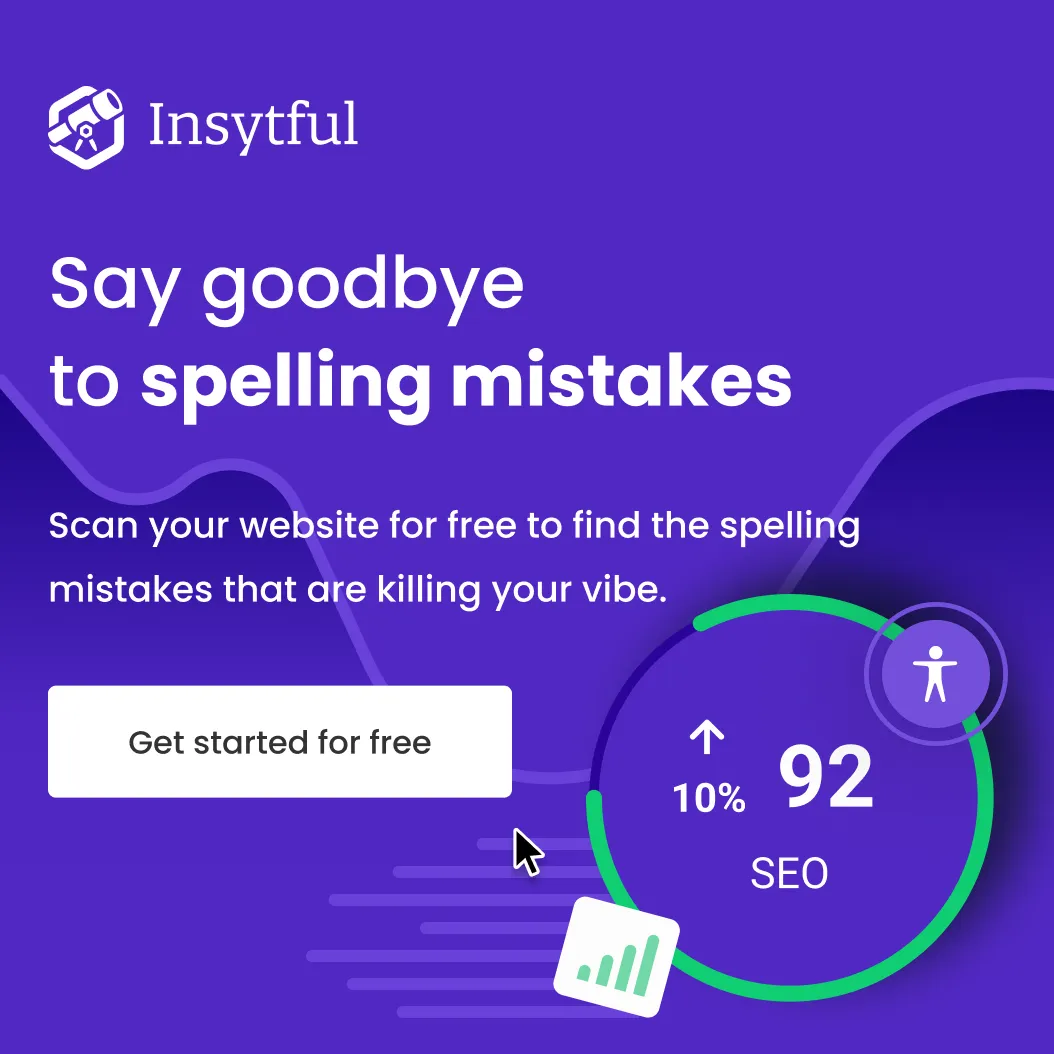Testing your website before go-live
Launching a website is a big moment. After all the design, development, and content work, it's tempting to race towards the finish line. But a smooth, successful launch depends on preparation. This guide breaks down the essential checks and tasks to complete before you go live, with actionable steps and trusted tools to help you stay on track.
1. Set a realistic launch date
Rushing a website launch rarely ends well. Build in contingency time and make sure everyone involved knows the plan.
Best practice:
- Schedule a "soft launch" at least two weeks before go-live.
- Use this time for final checks, stakeholder feedback, and polishing any rough edges.
2. Make a clear, shared plan
A good launch plan sets expectations, assigns tasks, and keeps progress visible.
Recommended tools:
Include deadlines, responsibilities, and dependencies so you can track what’s on track—and what’s slipping.
3. Validate your site
Validation ensures your site is built on solid foundations and reduces the risk of unexpected errors.
Checks to complete:
- Validate HTML and CSS:
- Scan for broken links:
- Test forms and interactive elements:
- Validate form fields and check email notifications.
- Run a final check for JavaScript errors in browser dev tools.
Subscribe to our newsletter
4. Cross-browser and device testing
Your site must work well for all your users, regardless of their device or browser.
Where to test:
- BrowserStack – Live testing on real devices
- Can I use – Check browser support for specific features
- Review analytics to understand your users' most common devices and browsers.
5. Optimise performance
Speed matters. Fast sites perform better in search and keep users engaged.
Performance tools:
- Google PageSpeed Insights
- GTmetrix
- WebPageTest
Quick wins:
- Compress and optimise images.
- Minimise CSS and JavaScript.
- Reduce HTTP requests.
- Aim for load times under 3 seconds.
6. Accessibility and compliance
An accessible site isn't just good practice—it's a legal requirement and essential for reaching everyone.
Tools to check accessibility:
- Insytful - best tool on the market and its free!
- WAVE
- axe DevTools
- HTML_CodeSniffer
Look for issues like low contrast, missing alt text, and clear heading structures.
7. SEO essentials
A go-live checklist isn’t complete without a basic SEO audit.
Check for:
- Unique, descriptive page titles and meta descriptions.
- Clean URL structures.
- XML sitemap and robots.txt file in place.
- No duplicate content or broken internal links.
Helpful tools:
- Google Search Console
- Screaming Frog
8. Proofread everything
A great-looking site with typos and broken links? Not so great.
Final checks:
- Read all key pages out loud to catch awkward phrasing.
- Ask someone unfamiliar with the site to review the content.
- Use Grammarly or Hemingway Editor for extra polish.
9. Confirm your backup strategy
If something goes wrong, you need a recovery plan.
Best practice:
- Keep at least three recent backups stored securely in different locations.
- Test your backup and restore process ahead of go-live.
10. Add the final polish
Before the big day, check the little things that make a big difference:
- Favicon and app icons.
- Custom 404 page.
- HTTPS (SSL certificate in place).
- Print-friendly stylesheet.
- Optimised images and media.
11. Go-live preparation
The last steps to make your launch day stress-free:
- Set up 301 redirects for any changed URLs. (CSS-Tricks redirect guide)
- Update DNS settings and plan for propagation time (up to 48 hours).
- Monitor site performance and traffic using Google Analytics and Search Console.
Summary
Launching a website successfully means planning ahead, testing thoroughly, and leaving nothing to chance.
If you'd like this checklist as a downloadable template or editable doc, let us know. We’re always happy to share resources to make your next launch even smoother.







